When wintertime hits and the warm weather disappears, it is so easy to completely forget that your garden exists.
With the bitter winds and maybe even snow, the garden becomes something belonging to a different time – why bother ever thinking about it when the sun has seemingly disappeared forever?
However, while being a bit lazy over winter is to be expected, there is actually a ton of preparation you can be doing during the wintertime to not only prepare your garden for the new year but also for yourself.
Trimming Trees & Perennials
For those of us lucky to have trees in our garden, whether they be fruit trees, ornamentals, or just those giant sycamores that provide wonderful shade in the summertime, the winter is the perfect time to give them some love.
Even though it is tempting to ignore your trees when they aren’t providing anything for you, they do actually require a bit of maintenance throughout the year.
The best time to do this maintenance is during the wintertime; trees generally go into dormancy over winter, meaning that their limbs are easier to manipulate without damaging the tree. Plus, unless your tree is an evergreen, its leaves will have fallen, making it way easier to be able to actually see what you are doing and work on your tree without the leaves getting in your way.
So instead of just forgetting about your trees over winter, take the time to trim brands, cut off dead limbs and just generally perform a bit of maintenance.
Though it might be difficult to manhandle and saw away at your trees, it will promote better health and even new growth in the spring, leading to a happier and healthier tree in the long run.
Related: The 10 Best Trees For Homesteaders
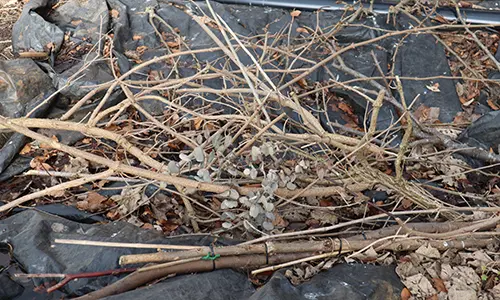
Varnish & Treat Wooden Fences
Wooden fences and wooden garden furniture are another easily forgettable part of the garden, something that many people wouldn’t even consider when planning their winter maintenance.
Though they seem like they should last forever, wood does need careful, regular maintenance to be able to stand the test of time. Left without tender love and care, even the best quality fence posts will decay and rot in the rain and winds.
This is why it is so important to take the time to care for anything made of wood in your garden.
A single coat of wood varnish will likely be enough if you make sure to do it every winter, year after year, but if you have neglected your fences in recent winters, you might need to give them a more thorough seeing to. This means some light sanding, followed by two coats of varnish to really help protect the wood.
This isn’t just for good looks, mind you – without regular treatment, your wooden fences will crumble and rot, ruining your borders and any useful garden furniture you might have.
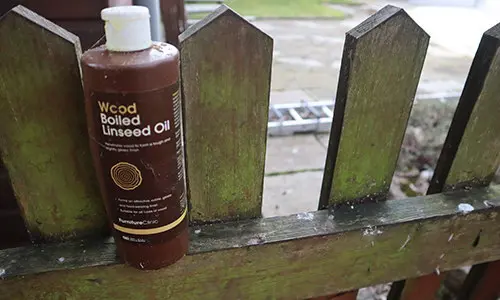
Raking, Collecting Leaves & Tree Debris
Leaves are sometimes seen as the ultimate gardener’s bane – every year, like clockwork, they fall all over your garden, clogging up pathways and ruining garden beds.
You know you are supposed to rake them and get rid of them, but you just can’t bring yourself to drag out the rake every year.
Well, if you were a bit lazy in the fall season, now is the perfect time to get out there and collect any remaining fallen leaves, as well as any tree debris like loose branches. In fact, if you left them for several months on the ground, you might actually find that the leaves have already decomposed, adding to the nutrients of your soil and making your garden more productive!
Even if they are only partially decomposed, the looser structure of the leaves makes it super easy to pick up with a rake and deposit into your garden beds or your compost pile, allowing you to grow even larger and more nutritious crops in the spring.
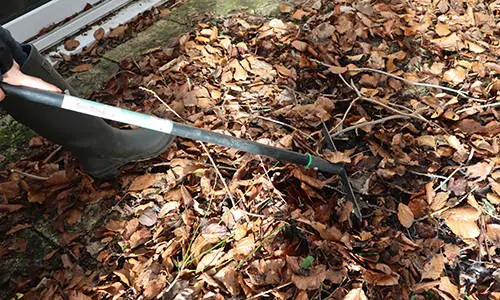
Turning Your Compost For Spring
A compost pile is something every ardent gardener should cultivate, as not only is it the perfect way to add nutrients to your garden without paying extortionate amounts to garden centers, but it also serves as a way to recycle your kitchen waste.
During wintertime, most compost piles will enter a mild dormancy period, with not a lot of activity going on underneath the top layers. However, as winter reaches its zenith and the warmer weather starts to look closer and closer, it is probably a good idea to start resuming your compost maintenance.
This means regularly turning your compost, ideally with a pitchfork or another tool that can really get into and underneath the top layers, as well as adding a good mix of brown and green matter to keep growing your compost pile.
If you don’t turn it and care for it, you might find your healthy compost pile turns into nothing more than a rotting pile of dirt and potato peels.
Related: 10 Common Composting Mistakes. Are You Making One Of Them?
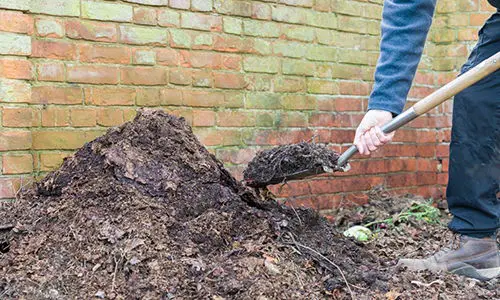
Plant Seeds
A pretty critical part of cultivating anything in your garden is actually planting something to start with.
While it seems to make the most sense to do your planting in the spring when the growing season starts, you might find yourself running out of good weather before your plants actually produce anything of value.
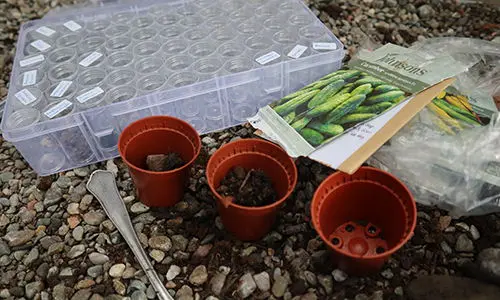
This is especially true of warm weather-loving plants like tomatoes and peppers – if you don’t have a particularly warm climate, your plants simply might not be developed enough to take advantage of the warmer weather during the summer peak. To help combat this, consider planting your seeds really early in the year, ideally before the middle point of February if you’re in the northern hemisphere.
This gives your fledgling plants plenty of time to develop and grow in the springtime, leading to a healthy, fully grown plant just in time for the fruiting season, leading to plenty of delicious fruits and vegetables just as the weather gets properly warmer.
You may also like:
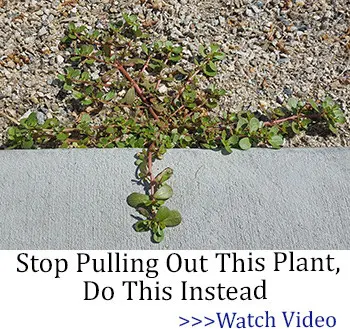 Gardening Mistakes That Might Get You Killed
Gardening Mistakes That Might Get You Killed
How To Hide Your Valuables and Stockpile In Plain Sight When SHTF (Video)
The Ultimate Guide To Composting

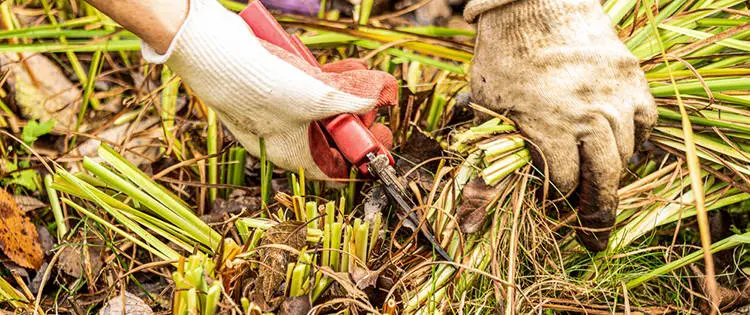













This is a great list!! Some of us still have 2’ of snow in the garden and expect more before it starts melting in mid- to late March!! Spring doesn’t really get underway for us until April. I don’t plant warm weather crops outdoors until June 1st and even then sometimes we have a frosty night or 10. For me, it’s time to start seeds indoors!!